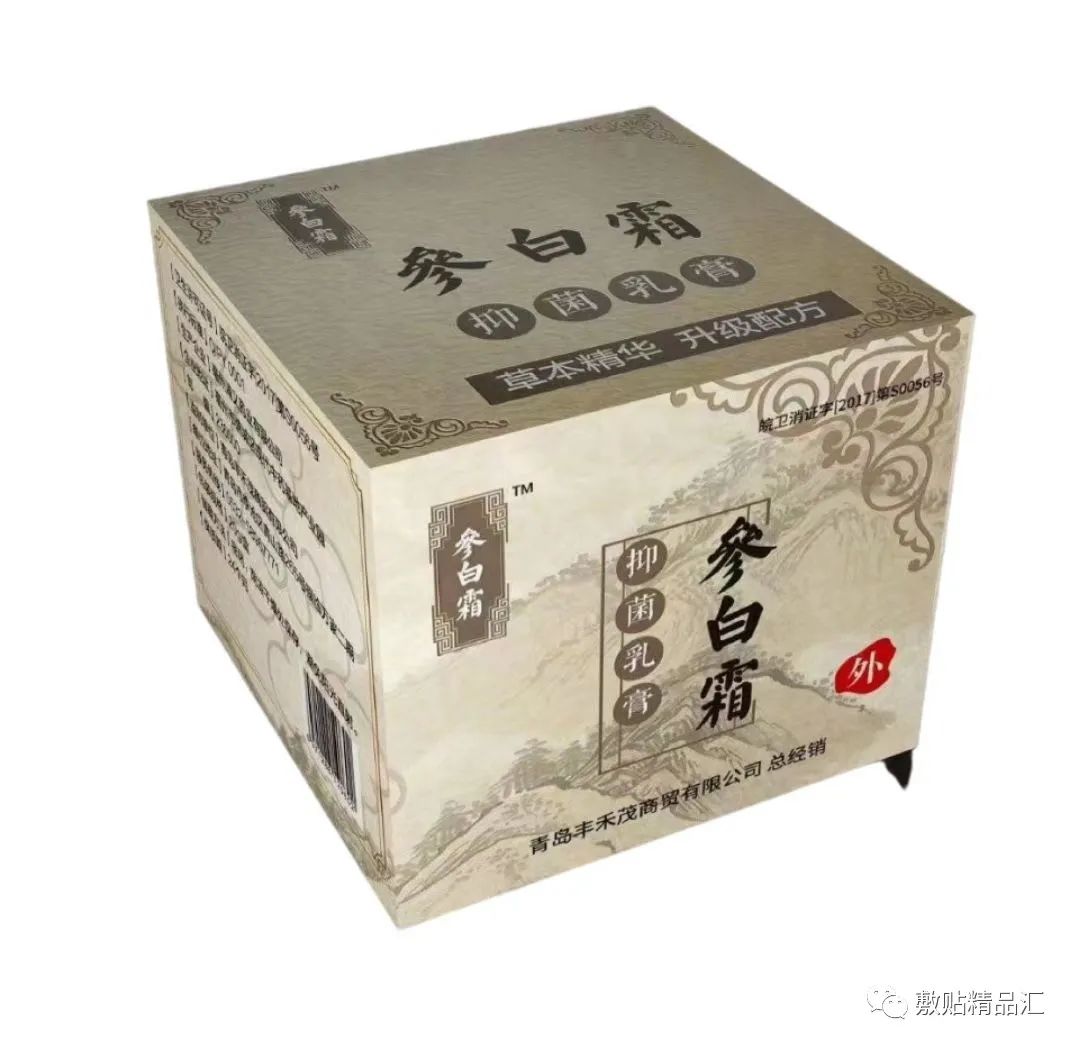

Inquiry is a method used by practitioners to understand the occurrence, development, treatment history, current symptoms, and other disease-related situations by asking patients or their companions.
The purpose of inquiry is to collect information closely related to syndrome differentiation that cannot be obtained through the other three diagnostic methods. This includes the time, place, causes, or triggers of the disease, as well as the treatment history, subjective symptoms, and past health conditions. These are often essential pieces of evidence in syndrome differentiation, and understanding these situations aids in making accurate judgments about the disease’s etiology, location, and nature.
Thus, inquiry holds significant importance in disease diagnosis. It is a crucial method for examining diseases and the first step in clinical diagnosis, compensating for the shortcomings of the other three diagnostic methods. In the early stages of a disease or in cases where emotional factors are involved, patients may only present common symptoms such as headaches or insomnia without obvious objective signs, making inquiry particularly important. It can highlight the focus of the disease and facilitate early diagnosis. Accurate inquiry often guides the physician’s thought process towards a correct path, aiding in rapid and accurate diagnosis. For complex diseases, outpatient inquiries can provide clues for further examination. Generally speaking, the patient’s subjective feelings are the most genuine, and certain pathological information cannot currently be measured by instruments, only obtained through inquiry, making the information gathered during inquiry comprehensive and extensive.
During inquiry, it is essential to be appropriate and accurate, concise yet thorough, following these principles:
Identify the chief complaint: Focus inquiries around the chief complaint. During inquiry, the first step is to clarify what the patient’s chief complaint is, as it reflects the primary contradiction of the disease. Grasping the chief complaint means grasping the main contradiction, and then analyzing and summarizing around this main contradiction to preliminarily derive all possible disease diagnoses, followed by further inquiries based on these possible diagnoses to ultimately arrive at a definitive clinical diagnosis or impression diagnosis.
Combine inquiry with differentiation: Inquire while differentiating. In outpatient settings, it is not about completing all questions before synthesizing the analysis; rather, it is about inquiring while analyzing the patient’s or companion’s responses, using comparative methods to contrast with various aspects of similar syndromes, and further inquiring into areas where evidence is lacking. This approach clarifies the purpose of the inquiry, ensuring it is detailed yet not cumbersome, concise yet not lacking, and collects comprehensive and accurate information. By the end of the inquiry, the physician can form a clear impression diagnosis or conclusion in their mind.
In clinical inquiry, to achieve the desired objectives, the following points should also be noted:
(1) The physician should concentrate, set aside other distractions, and inquire earnestly without being perfunctory.
(2) The physician’s attitude should be friendly, and the language should be simple and easy to understand, avoiding medical jargon to gain the patient’s trust and cooperation. If necessary, the physician can prompt the patient to respond but should avoid leading questions to ensure the authenticity of the information.
(3) The physician should pay attention to the patient’s psychological state, helping to alleviate mental burdens and instill confidence in overcoming the disease, avoiding any negative impact on the patient’s spirit.
(4) For critically ill patients, rescue should take precedence; treat the symptoms urgently without waiting for a definitive diagnosis to avoid missing the opportunity and causing medical accidents.
The content of inquiry mainly includes: general items, chief complaint and medical history, current symptoms, etc.
1. Inquiry on General Items
Inquiry on general items includes name, gender, age, ethnicity, occupation, marital status, place of origin, current unit, and current address.
Inquiring about and recording general items can strengthen the doctor-patient relationship, follow up with patients, and ensure responsibility for patient treatment. It can also serve as a reference for diagnosing diseases. Different genders may present different diseases. Men may experience conditions such as nocturnal emissions, premature ejaculation, or impotence; women may have issues related to menstruation, discharge, pregnancy, or childbirth. Different ages also correlate with different disease occurrences, such as measles, chickenpox, and whooping cough being more common in children. The same disease may present differently based on age, with younger adults typically having excess conditions and older adults often presenting with deficiency conditions. Inquiring about occupation can help understand certain disease causes, such as those working in water-related jobs being prone to dampness, and can also reveal occupational diseases like lead poisoning or silicosis. Inquiring about marital status can help understand pregnancy-related issues in married women and male functional decline in married men. Inquiring about place of origin and residence can provide insights into endemic diseases. All of these are important reference materials for diagnosis and treatment.
2. Inquiry on Chief Complaint and Medical History
(1) Chief Complaint
The chief complaint is the main symptom that the patient expresses as the most noticeable or distressing, along with its duration. The chief complaint is usually the primary reason for the patient’s visit and represents the main contradiction of the disease. An accurate chief complaint can help the physician assess the general category of the disease and the urgency of the condition, providing important clues for investigation, understanding, analysis, and management of the disease, thus holding significant diagnostic value.
If the chief complaint includes several symptoms appearing at different times, they should be arranged in the order of their occurrence. Generally, the chief complaint should consist of only one or two or three symptoms, not too many. When recording the chief complaint, the wording should be accurate, concise, and clear, avoiding complexity, vagueness, or the use of formal disease names as the chief complaint; the evolution of the disease should not be recorded.
(2) Current Medical History
The current medical history includes the entire process of the disease (the disease described in the chief complaint) from onset to the time of consultation, including all subjective symptoms at the time of consultation.
Onset situation: Inquire about the environment and time of onset, whether there are any obvious causes or triggers, any history of contact with infectious diseases, the severity of onset, initial symptoms, their location, nature, duration, and intensity.
Evolution of the disease: Inquire in chronological order about the main changes in the disease from onset to consultation, including the nature, location, and intensity of symptoms, any significant changes, regularity of changes, and whether there are any influencing factors or triggers, as well as the overall trend of the disease evolution.
Diagnosis and treatment process: Inquire about the entire process from the onset to the consultation, including any diagnoses and treatments undertaken. Where did the patient seek medical attention initially? What examinations were performed? What were the results? What was the diagnosis? What treatments were administered? What medications were taken, including dosage, method, timing, and effects? Were there any adverse reactions? All of these should be recorded succinctly.
Current symptoms: Inquire about all subjective symptoms present during this consultation, which is the main content of the inquiry and will be detailed later.
The current medical history is a major component of the entire disease history. Understanding the current medical history helps the physician analyze the condition, explore the disease’s patterns, and provides a basis for determining the diagnosis. Inquiring about the onset time often helps judge whether the current disease is superficial or deep, whether it is excess or deficiency. Inquiring about the cause or trigger of onset can often suggest the etiology and nature of the disease, such as cold, heat, dampness, or dryness. A history of contact with infectious diseases can provide evidence for diagnosing certain infectious diseases, such as diphtheria, measles, or dysentery. Clarifying the evolution of the disease can help understand the struggle between pathogenic and righteous qi. It allows for preliminary judgments about the state of the body’s righteous qi and prognosis. Clarifying the diagnosis and treatment process can provide evidence for the current disease diagnosis and further clues, which are also important references for determining treatment.
(3) Past, Lifestyle, and Family History
1. Past History
The past history includes previous health status, any major diseases previously suffered (excluding the disease stated in the chief complaint), the main treatment details, whether the patient is currently cured or has any sequelae, and any history of infectious diseases. For children, it is also important to inquire about past vaccination status. Previous health and disease history often correlate with current diseases and can serve as references for diagnosing existing conditions.
2. Lifestyle History
The lifestyle history includes the patient’s habits, experiences, dietary preferences, work-life balance, and work situation. Inquire about the place of birth, residence, and areas lived in for extended periods, especially noting areas with endemic or infectious diseases. Also, inquire about the patient’s mental state and whether they have experienced significant psychological stress. Additionally, ask about lifestyle habits, dietary preferences, and any addictions to smoking or alcohol. For women, inquire about menstrual and reproductive history. Regarding work-life balance, inquire about the nature of labor, intensity, and whether the work schedule is normal.
Social factors such as lifestyle experiences, habits, and work situations can significantly influence the patient’s disease. Analyzing these situations can provide a basis for syndrome differentiation and treatment. Dietary preferences can often lead to imbalances in organ qi. Changes in mental state are often the cause of certain emotional disorders. Overwork can harm the kidneys, while prolonged idleness can harm the spleen, and irregular living patterns can disturb the heart, leading to various disease responses.
3. Family Medical History
The family medical history refers to the health conditions of the patient’s direct relatives or closely related collateral relatives, including any infectious or hereditary diseases. Many infectious diseases are closely related to close contact, such as tuberculosis. Some hereditary diseases are closely related to blood relations, such as hemophilia. Inbreeding can lead to weakened constitution or mental retardation.
——END——

(↓↓ Click the image to learn more ↓↓)



Application of Pasting and Bathing
Scan to learn more

▼ – You can also see –▼
-
【Premium】: Complete Course on “Fundamentals of Traditional Chinese Medicine”
-
【Premium】: Complete Course on “Traditional Chinese Medicine Diagnosis”
-
【Premium】: Complete Course on “Pediatrics in Traditional Chinese Medicine”
-
【Premium】: Complete Collection of “Legends of Herbal Medicine”! (Illustrated and collectible edition)
-
Documentary Recommendation: Basic Anatomy (Teaching Video)
 Copyright Statement: The article is sourced from the internet; please contact us for removal if there is any infringement
Copyright Statement: The article is sourced from the internet; please contact us for removal if there is any infringement
Cooperation/Communication/SubmissionArticles/WeChat: 13963982958
▼ For more exciting recommendations, please follow us ▼ Give time to reading
Give time to reading
One-stop Ordering Platform for Pasting Products
Click the button below“Read the Original” to see more
↓↓↓

